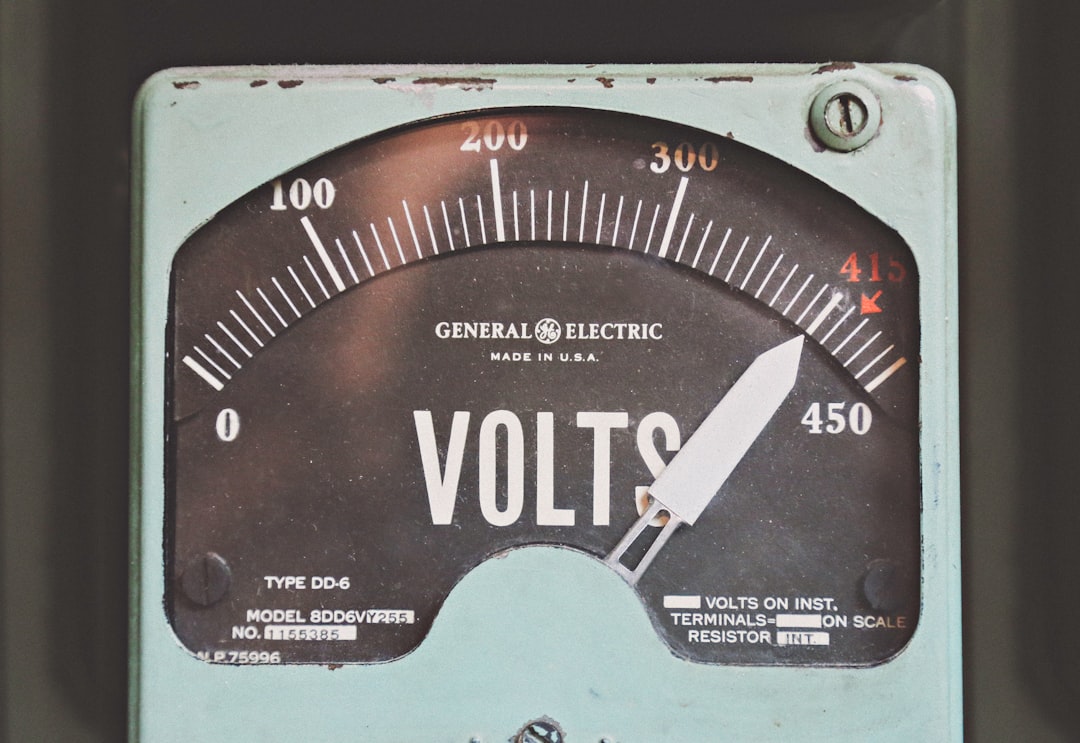What is it about?
Fiber-based materials show excellent physico-chemical properties and offer several advantages, including large surface areas, high swelling capacities, mechanically robustness, and convenient usage. These materials have been extensively used for the removal of metal cations, extraction and separation of analytes from aqueous media, and also for capturing the trace elements. Recently, Gavara et al. successfully demonstrated the potential use of cation-exchange fiber-based material for the separation and purification of biomolecules. In the current study, we examine the synthesis and performance of anion-exchange fiber-based variants. These adsorbents are easy to functionalize and offer very flexible operational conditions. Furthermore, their scale-up has previously been demonstrated up to the pilot scale without any pressure drop or bed compression issues. Fibrous adsorbents were subjected either to chemical treatment or gamma irradiation to introduce epoxide groups onto their cellulosic backbone using glycidyl methacrylate. These epoxide moieties were modified to have diethylaminoethanol (DEAE) as well as quaternary ammonium (Q) functionalities. The resulting anion-exchange adsorbents were characterized by their FTIR spectra and ionic capacities. The fiber-based adsorbent systems showed similar packing efficiency to the commercially available adsorbents, where the Péclet number values were ⩾60, suggesting near-plug-flow conditions. The total ionic capacities obtained for these chemically grafted adsorbents were ca. 400 mmol/L. These adsorbents showed dynamic binding capacities (DBC) of ca. 48 mg/mL for bovine serum albumin (BSA).
Featured Image
Why is it important?
Protein binding capacities obtained from chemical grafting initiation techniques were 18-fold-higher than radiation-induced techniques. The advantage of these adsorbents lies in their high operational flow rates while maintaining their high binding capacities.
Perspectives
Cellulosic fibers preserve their hydrodynamic properties and hence may provide an additional alternative to the adsorbents available in the market for the purification of proteins.
Dr Naveen Kumar Singh
University of Notre Dame
Read the Original
This page is a summary of: Preparation and characterization of grafted cellulosic fibers and their applications in protein purification, Separation and Purification Technology, March 2015, Elsevier,
DOI: 10.1016/j.seppur.2015.01.042.
You can read the full text:
Contributors
The following have contributed to this page










